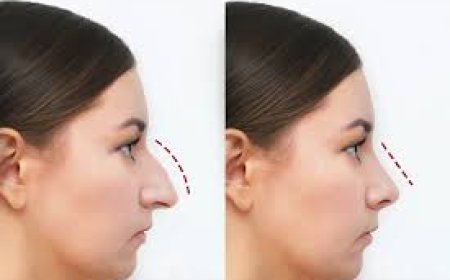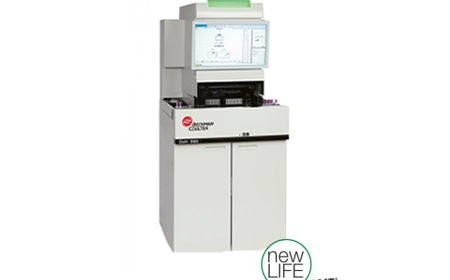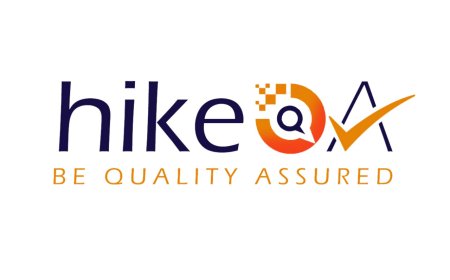Track Your Success: SEO Metrics Every Dentist Should Monitor
if your Dental SEO efforts are working? That’s where tracking the right metrics becomes crucial.

In todays digital-first world, having a strong online presence isnt just an option for dental practicesits a necessity. With most patients turning to search engines to find local services, search engine optimization (SEO) has become an essential tool for attracting new patients and growing your dental clinic. But how do you know if your Dental SEO efforts are working? Thats where tracking the right metrics becomes crucial.
Monitoring specific SEO metrics allows you to measure the effectiveness of your strategy, identify opportunities for improvement, and make data-driven decisions that boost your visibility and ROI. Below are the key SEO metrics every dentist should track to ensure long-term digital success.
1. Organic Traffic
What it is: The number of visitors who land on your website through unpaid search engine results.
Why it matters: Organic traffic is one of the most important indicators of SEO success. If your dental website is optimized with the right keywords and content, youll naturally attract more people looking for dental services in your area.
How to track: Use tools like Google Analytics to monitor organic traffic trends over time. Pay attention to which pages are receiving the most traffic and optimize others accordingly.
2. Keyword Rankings
What it is: Your websites position on search engine results pages (SERPs) for specific keywords related to your dental services.
Why it matters: Ranking on the first page of Googleespecially in the top 3 resultsdrastically increases your chances of being clicked. By tracking keyword positions, you can understand which terms are working and which need improvement.
How to track: Use SEO tools like SEMrush, Ahrefs, or Google Search Console to monitor your rankings for target keywords such as dentist near me, teeth whitening Miami, or emergency dental care.
3. Click-Through Rate (CTR)
What it is: The percentage of people who click on your website after seeing it in the search results.
Why it matters: A high CTR means your page titles and meta descriptions are compelling and relevant to what users are searching for. It also impacts your rankings, as Google considers user behavior in its algorithm.
How to track: Google Search Console provides detailed reports on impressions, clicks, and CTR for each keyword and page.
4. Bounce Rate
What it is: The percentage of visitors who leave your site after viewing only one page.
Why it matters: A high bounce rate may indicate that visitors arent finding what they expected or that your site isnt engaging or easy to navigate. For dentists, this could mean losing potential patients.
How to track: Google Analytics provides bounce rate data by page. Pages with high bounce rates may need better content, calls-to-action, or improved user experience.
5. Local SEO Visibility
What it is: Your performance in local search results, especially on Google Maps and the Local Pack (the top 3 local results shown for location-based searches).
Why it matters: Most dental patients are looking for nearby providers. Being highly visible in local search results boosts your chances of being selected.
How to track: Monitor your Google Business Profile insights and use tools like BrightLocal or Moz Local to track local visibility, reviews, and citation consistency.
6. Conversions and Goal Completions
What it is: The number of visitors who complete desired actionslike booking an appointment, calling your office, or filling out a contact form.
Why it matters: Traffic alone doesnt grow your practiceconversions do. Tracking these helps you understand whats actually driving new patients.
How to track: Set up goals in Google Analytics (e.g., form submissions, clicks to call, appointment bookings) to see what channels and pages are producing results.
7. Page Load Speed & Mobile Performance
What it is: How fast your website loads and how well it performs on mobile devices.
Why it matters: A slow website or poor mobile experience can hurt both your SEO rankings and user experience. Patients expect fast, smooth browsing, especially on their phones.
How to track: Use tools like Google PageSpeed Insights or GTmetrix to assess speed and mobile performance. Optimize images, reduce scripts, and consider mobile-first design practices.
8. Backlinks
What it is: Links from other websites pointing to your dental website.
Why it matters: Backlinks act as votes of confidence in the eyes of search engines. The more high-quality backlinks you have, the higher your authority and search rankings.
How to track: Use tools like Ahrefs or SEMrush to track backlink quantity, quality, and sources. Aim to build links through local directories, partnerships, guest blogs, and PR.
Final Thoughts
As a dental professional, your expertise lies in caring for patientsnot decoding SEO. But understanding these key metrics will help you stay informed and ensure your marketing investments are paying off. Whether you're working with an SEO agency or handling things in-house, regular monitoring and analysis will keep your practice on the path to online growth.
By tracking the right data, youre not just guessingyoure building a smarter, more effective strategy that brings in more patients, builds trust, and boosts your reputation in the local community.









































